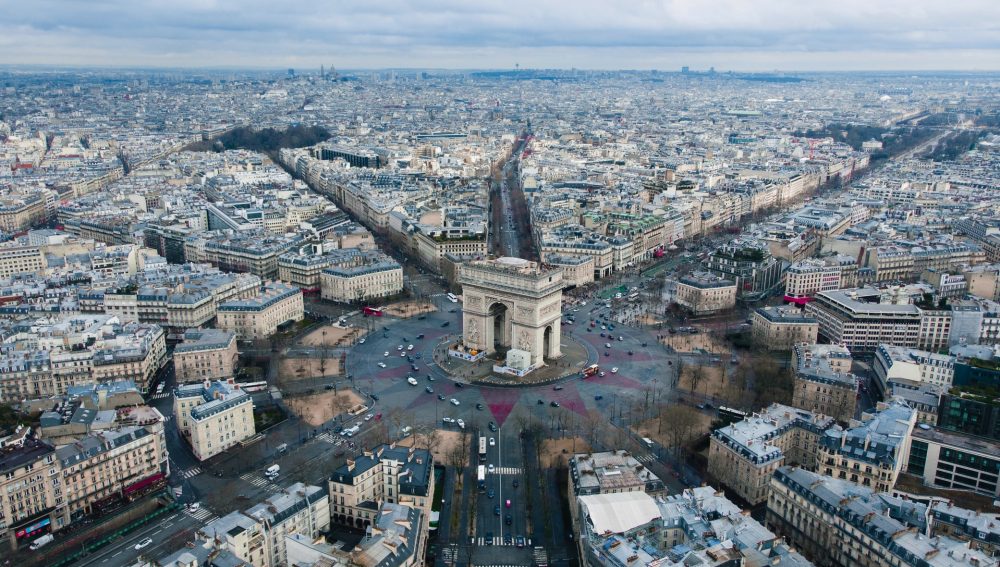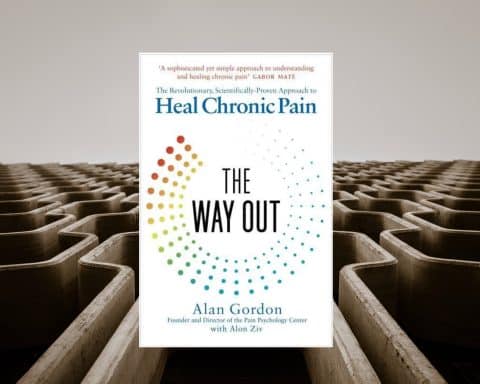
Spending part of the pandemic in England and part in France has made me think about differences between the two countries. At the time of writing, France has had 68,939 deaths from Covid 19 against the UK’s 83,342. Total recorded cases are similar, but probably underestimates incidence: not everyone infected is symptomatic and not everyone who is symptomatic gets tested. Total deaths is a more reliable measure (epidemiologists say “where there is death there’s hope”) but criteria for attributing deaths to Covid may vary. Excess deaths compared with previous years avoids this difficulty and on this measure the difference is even greater; 53,100 deaths in France against 79,70 in the UK.
The population of the two countries is almost the same, so why more deaths in the UK?
The population of the two countries is almost the same, so why more deaths in the UK? Age profile and average income are similar; indeed the French are slightly older and poorer than the British, which should increase their death rate. French population density is lower, but in both countries more than 80% of people live in towns – France just has more empty space.
Possible explanations include the nature of the infection, health service provision and Government policy and behaviour. There is much talk in the French press about the “variant anglais”; might this mutation explain the difference? It seems improbable that French doctors are 50 % more skilled in saving lives than British ones; however some blame the UK death rate on NHS underfunding. In 2017 France spent $4,380 per head on health against $3,859 in the UK, a 13% difference.
Possible explanations include … health service provision and Government policy and behaviour.
Some have blamed the second UK wave on the “Eat out to Help Out” programme in August, because it encouraging mixing and gave people the impression the epidemic was over. But France also had a second wave without this programme – the French need no encouragement to eat out!
In general, policies in the two countries have been similar: the first lockdown started a few days earlier in France than in the UK, a delay which has been criticised as causing more deaths. In November lockdown in France started just a couple of days before England, but unlike England France moved most higher education online at that point.
The first thing I noticed when we arrived in France was the difference in mask wearing. This was compulsory where we live and most people complied, although some wore it on their chin or below their nose in the street, pulling it up when going into a shop or meeting someone. Returning to the UK I was shocked to see most people still walking the streets without masks.
A striking difference was the greater clarity of lockdown rules in France.
A striking difference was the greater clarity of lockdown rules in France. You could exercise for one hour a day within 1 km of your home: you did not have to guess what “local” meant. A form listing legitimate reasons for leaving home was printed in newspapers and available on the web – I downloaded it to my phone. You were supposed to complete this “attestation” with your name, address and reason for leaving home every time you went out. I only saw them being checked once, but this made people very aware of the rules.
Similar clarity was seen in official announcements. In late November President Macron said that daily cases has fallen from over 60,000 before lockdown to 20,000 per day, but that did not meet their target of 5,000 cases per day before lockdown could end. He announced a slight easing of exercise to three hours a day up to 20km from home and the reopening of some shops, and a programme of fortnightly reviews over the next two months which contrasted with the vacillation seen in the UK.
A strategy used in France but not in the UK has been curfew: Immediately after lockdown at 8 pm, and in many places now 6 pm. This was lifted on Christmas Eve so people could go to Midnight Mass, but not for New Year, despite the importance of Reveillon meals in French culture.
However the pandemic is not over, and whilst the UK is amongst the leaders in its vaccination programme, France is the slowest. Will this compensate for earlier problems?
Featured photo by Rodrigo Kugnharski on Unsplash









Peter Toon is a retired GP and GP academic. His research area is the philosophy and ethics of healthcare. His writing, both medical and non medical is available via his website – https://sites.google.com/site/peterdtoon/
When I returned to England last January after three months in France I reflected in BJGP Life on the different approaches to the pandemic in the two countries, and how this might explain the marked difference in death rate between two very similar populations.1 At that time however the UK was amongst world leaders in its vaccination programme, whilst France was slow to get started. I therefore ended my article with a question “Will this compensate for earlier problems?”
Although the pandemic continues we can now answer that question with a clear “No”. Despite its slower start France has now2 given two doses to slightly more of its population than Britain; 68.1% against 68%.3 and is also a little ahead on those who have had only one dose – 75.9% against 74.4% for the UK. These differences are trivial, but the gap in cases and deaths is not. France has reported almost two million fewer cases than the UK – 7.27million against 9.13 million. This may reflect different testing strategies, but death is a clearer measure. Here the difference is slightly smaller; 119K against 141K. This may indicate that some of the difference in total cases is due to better diagnosis, or perhaps to more infections in low risk young people – France has different, possibly stricter rules to control Covid in schools.
A difference in 20,000 Covid deaths in almost identical populations is substantial, but it may reflect to lower criteria for attributing deaths to Covid in the UK; if this were so then the difference in total excess deaths compared to average years would be smaller. In fact it is greater – France reported 70K excess deaths this year to October 3rd, whereas the UK reported 119K to October 10th. It seems unlikely that a week’s difference in reporting date could explain 49, 000 deaths. The gap in current figures is even more striking. Total daily cases in France are just under 6,000 but in the UK the figure is around 38,000; daily deaths are 30 against 145 iv. Although figures in the UK are falling whilst those in France are rising it will take some time to close the gap.
So why does France seem to be so much better at protecting its population than the UK? Crossing the Channel one immediately notices two differences – mask wearing and the pass sanitaire (Covid passport). In the UK mask wearing ceased to be required in July, and although theoretically still encouraged by the Government in confined spaces, widely circulated pictures of a mask-less Cabinet meeting and a mask-less Boris Johnson at COP26 surrounded by other world leaders all wearing masks show that they have not led by example. Although Covid passports are now required for large events in Wales, resistance to this in the name of freedom has so far prevailed in England.
In contrast in France “masque obligatoire” signs are everywhere. They are required in virtually all public indoor environments; shops, cafes, restaurants, buses, cinemas, theatres etc. They are no longer required outdoors except in crowded venues like open air markets, but many people still wear them in the street – if not then they are readily available on their chin or hand. There is not much sign of external enforcement, but when we called unexpectedly at a very well ventilated farm shop in the country and I had forgotten my mask the owner insisted on giving me one, saying that otherwise the gendarme might fine us.
The pass sanitaire is a vaccine record – similar to the document one can generate from the NHS phone app in the UK. Those not vaccinated can get a pass based on a negative test, but these are only valid for a short time. They are required not only for large events but to enter cafes, restaurants and many other places; for example we had to show ours when booking in at camp sites. Even a ruined monastery we visited stated on the gate that this was required, though they didn’t actually ask to see it.
Although (this being France) there are demonstrations and graffiti against these measures, mostly people seem happy to accept these procedures, prioritising fraternité, the protection of others, over liberté. Compared to curfews and lockdowns their impact on social and economic activity is trivial, but it does seem to give a message that the problem has not gone away, which perhaps affects other behaviours; For example a socially distanced queue is common outside bakeries, and the ubiquitous handshaking and kissing which used to start every social contact has ceased (though fist banging seems quite common, especially amongst the young). The easiest way to get a pass sanitaire is by vaccination, and a young man we know who “didn’t think it worth bothering” has just got his first shot to make his life easier. He cannot be the only one.
The UK Government seems to be relying solely on vaccination to protect the nation; a startling example of putting all your eggs in one basket. Another relevant dairy metaphor is the “Swiss cheese model”5 which suggests that different Covid prevention strategies – vaccination, mask-wearing, social distancing etc. are like slices of Gruyere cheese with holes in different places.
You are more likely to stop the virus getting though if you have several strategies in place.
Perhaps our Government should put some cheese as well as eggs in its basket?
References
Toon PD A tale of two epidemics published BJGP online 19 1 21 https://bjgplife.com/a-tale-of-two-epidemics/ and in the print BJGP.
All figures are as reported on 2nd November 2021, the time of writing.
I have used Ourworldindata.org. for these figures. Other sources differ slightly but the differences are not sufficient to affect the general argument.
These figures are approximate, based on the most recent rolling 7 day average figures published by the respective governments at the time of writing. A 7- day average reduces the instability in figures due to time lags in data collection (for example at weekends).
Roberts S. The Swiss Cheese Model of Pandemic Defence. New York Times. December 5, 2020.
Featured image by Camille Brodard at Unsplash